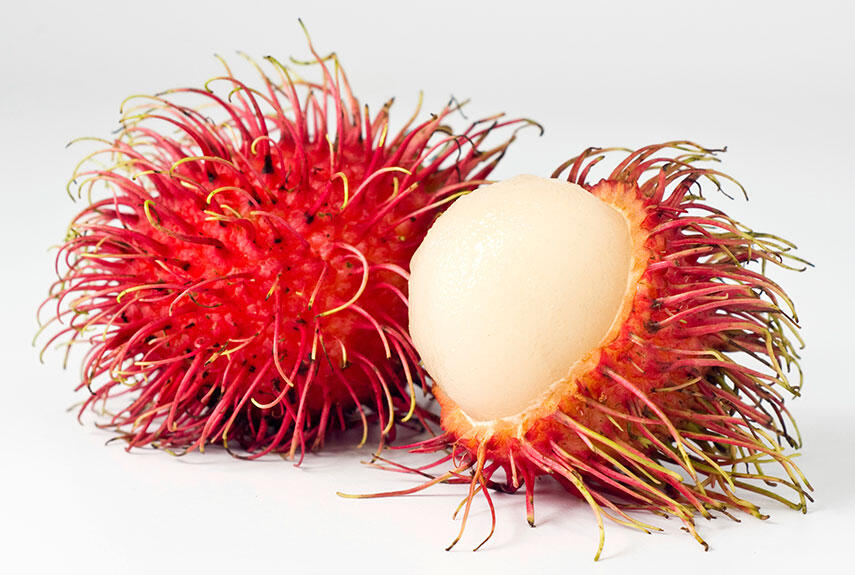Rambutan is native to tropical Southeast Asia and commonly grown throughout Indonesia, Malaysia, Thailand and the Philippines. It has spread from there to various parts of Asia, Africa, Oceania and Central America. The widest variety of cultivars, wild and cultivated, are found in Malaysia. Around the 13th to 15th centuries, Arab traders that played a major role in Indian Ocean trade introduced rambutan into Zanzibar and Pemba of East Africa. There are limited rambutan plantings in some parts of India. In the 19th century, the Dutch introduced rambutan from their colony in Southeast Asia and Suriname in South America. Subsequently the plant spread to tropical Americas, planted in the coastal lowlands of Colombia, Ecuador, Honduras, Costa Rica, Trinidad and Cuba. In 1912, rambutan was introduced to the Philippines from Indonesia. Further introductions were made in 1920 (from Indonesia) and 1930 (from Malaya), but until the 1950s its distribution was limited. There was an attempt to introduce rambutan to the United States, with seeds imported from Java in 1906, but the species proved to be unsuccessful, except in Puerto Rico.











